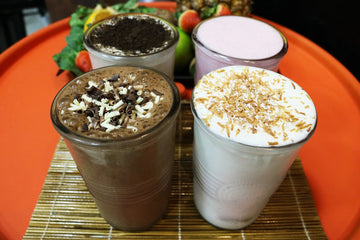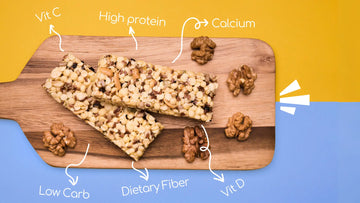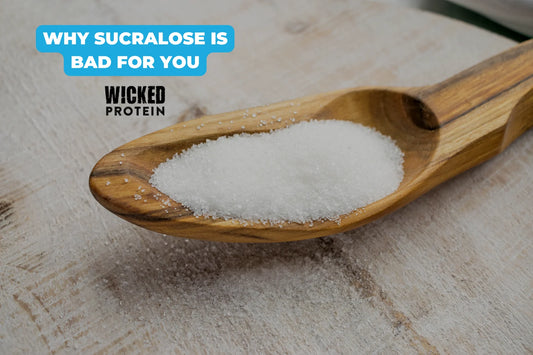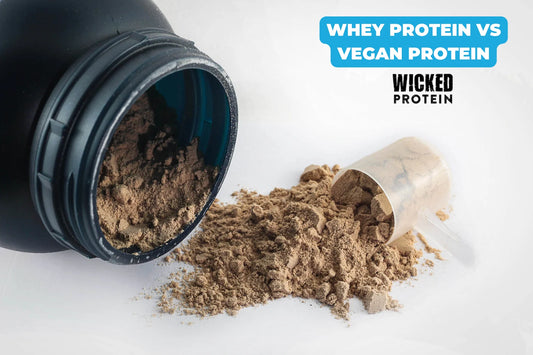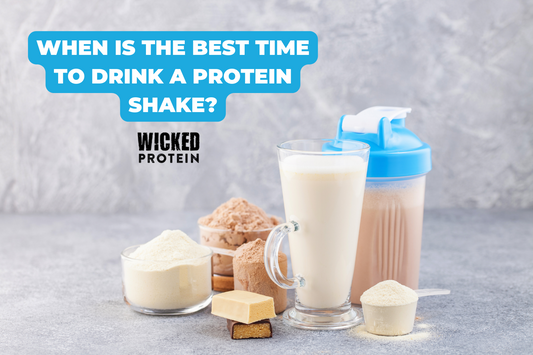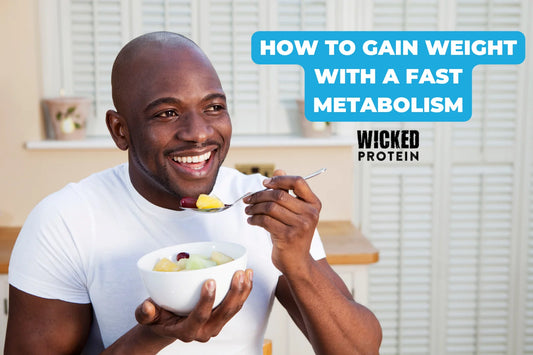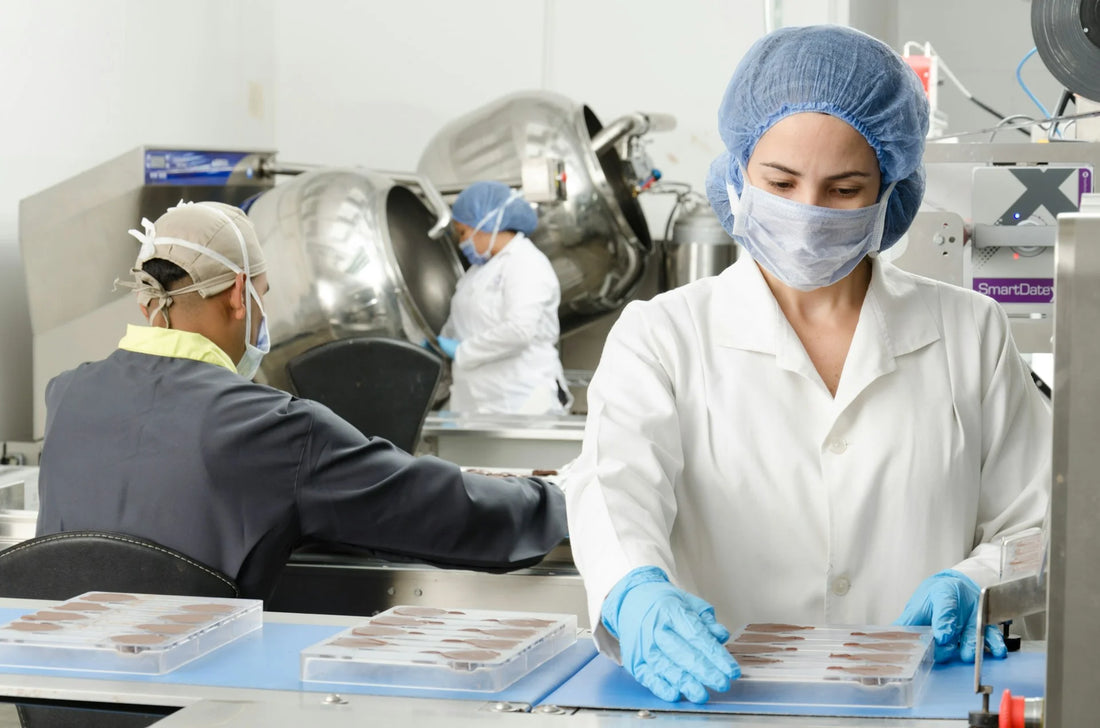
How Is Protein Powder Made?
Have you ever wondered how protein powder is made, or which ingredients are usually put inside?
Not all protein powders are created equal, some are cheaper and low-quality, while others are healthier, higher-quality, and tasty, which calls for an expensive price tag.
In this article, we’ll cover the entire process of making protein powder, what ingredients are used and what types of powders there are.
Make sure to read our other guides on how to make your protein shake taste better and what to mix protein powder with.
The Process of Making Protein Powder
Raw material selection:
Protein powders begin their journey with the selection of high-quality raw materials.
Depending on the type of protein, this could be yellow split peas for pea protein, dairy milk for whey and casein, or soybeans for soy protein.
The choice of raw material significantly influences the protein's nutritional profile and digestibility.
It also decides the flavor the powder is going to have.
Extraction and isolation:
The next step involves extracting the protein from these raw materials.
For plant-based proteins like pea or soy, this involves a dry phase of grinding into a fine powder and a liquid phase for separating unwanted components.
Animal-based proteins, like whey, start with heating milk to remove bacteria, followed by straining and enzyme treatment to isolate the protein.
Concentration and purification:
After extraction, the protein undergoes concentration and purification processes.
For whey protein, this means filtering out lactose and fats.
In the case of plant proteins, further steps are taken to remove substances like fiber and starch, ensuring a high protein concentration.
These steps are important for enhancing the protein's nutritional value and making sure it’s suitable for different kinds of diets.
Drying and pulverizing:
The concentrated protein is then dried and pulverized into a fine powder.
This step is what gets you the right texture and solubility, making the protein powder easy to mix with liquids.
The drying process is carefully controlled to keep the protein's integrity and nutritional quality.
Quality checks:
Finally, in-depth quality checks ensure the protein powder meets health and safety standards.
This includes testing for protein content, purity, and the absence of contaminants, guaranteeing a safe and effective product.
At WICKED, we do our own lab testing to ensure the highest quality of protein, and we’re also a partner of Clean Label Project.
What ingredients are in protein powder?
Whey/Casein:
Whey and casein are proteins found in milk, and they’re the most common ingredient in all protein supplements.
These milk proteins are high in lactose, making them unfit for consumption for people with lactose intolerance.
A fine alternative are plant-based protein powders, which are made from ingredients like pea, brown rice, hemp, or chia seeds.
Artificial sweeteners:
Often used by large companies as a quick way to enhance the flavor of protein powders without compromising the nutritional profile
Most non-nutritive sweeteners like sucralose, neotame, and aspartame are considered safe by the United States Food and Drug Administration.
At WICKED, we’re a bit skeptical about artificial sweeteners, that’s why we don’t use any in our protein powders.
Fillers:
Fillers are usually a sign of lower-quality products, as they are used to cut the costs of protein powder manufacturing.
For some, they might cause digestive issues like gas, bloating, or belching.
Vegetable oils:
Many protein powders contain vegetable oils that improve the flavor and texture of the product.
These oils are heavily processed and are saturated with trans fats, which is the worst type of fat for your health.
Texture enhancers:
Texture enhancers like xanthan gum or natural alternatives like flaxseeds are used to improve the powder's mixability and mouthfeel, ensuring a smooth and enjoyable drink.
These additives are selected to enhance the user experience without compromising the product's health benefits.
How protein powder production is advancing
Extraction and processing technologies
New methods have improved the way protein is extracted and processed.
Techniques like cold filtration for whey protein and using enzymes for plant proteins make the protein purer and easier to digest.
These methods also help keep the protein's natural nutrients and amino acids.
Proteins processed this way are better for muscle growth, repair, and bodily function.
Flavor and texture improvements
There have been big improvements in how protein powders taste and feel.
New flavoring techniques and natural sweeteners have created an opportunity for everyone to enjoy their protein shakes.
Also, some protein powders are now easily drinkable and feel like a sports drink instead of a thick shake.
One example is our Cherry Limeade Whey Protein.
Quality control and safety
Protein powders now undergo stricter quality checks.
This includes testing for any harmful substances, closely watching how they're made, and making sure they meet high standards.
These steps ensure your protein is safe to consume, effective, and contains only quality ingredients.
Takeaways
Whether you’re an athlete, fitness enthusiast, or just someone looking for a convenient source of protein, understanding the process and ingredients behind your protein powder can go a long way.
The key to maximizing the benefits of protein powder is to choose the right type for your diet and fitness goals.


